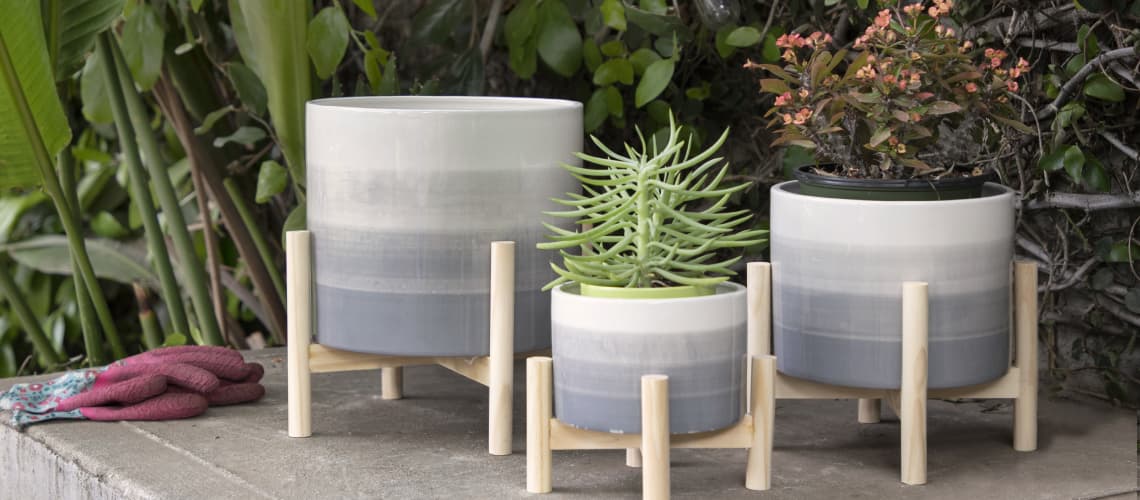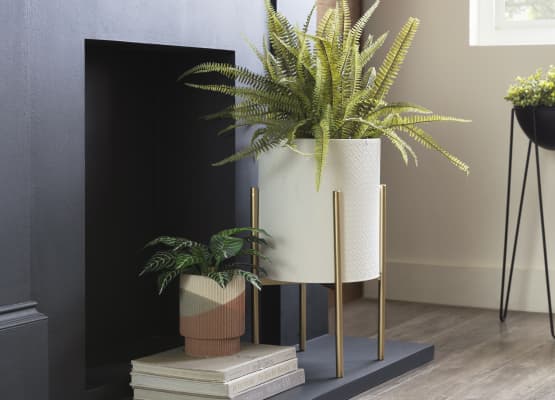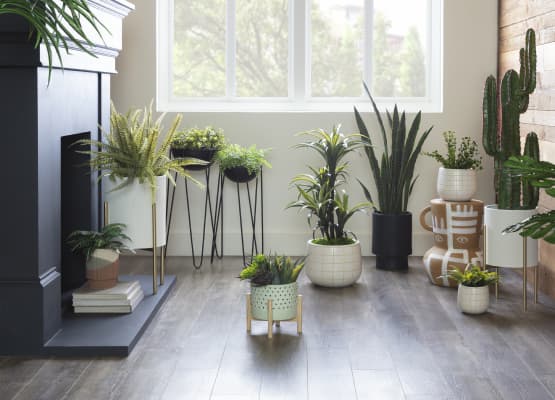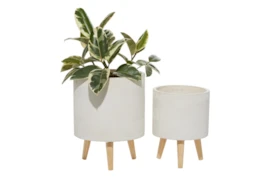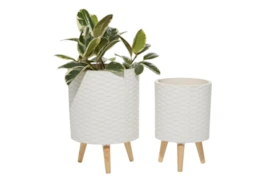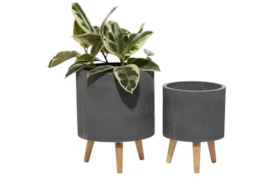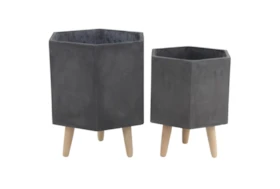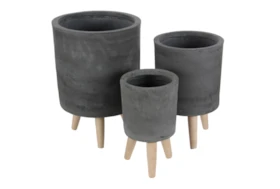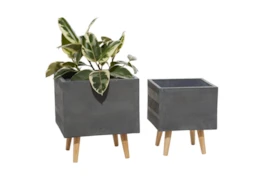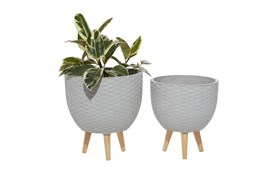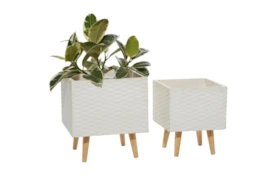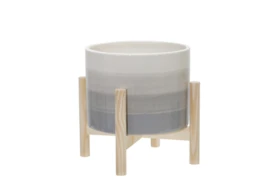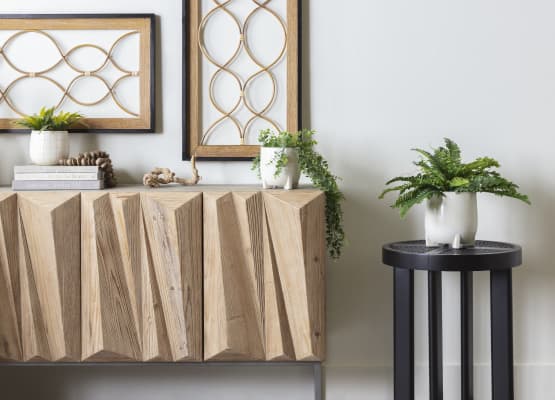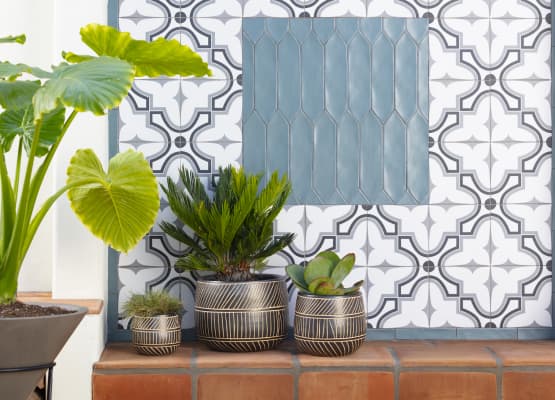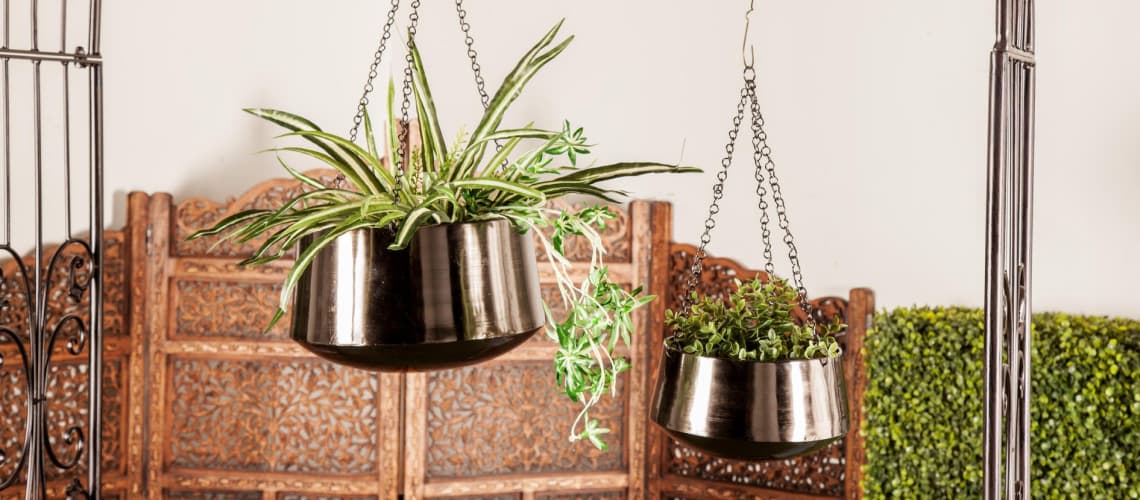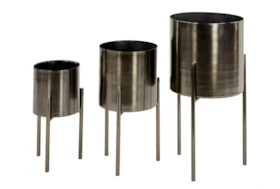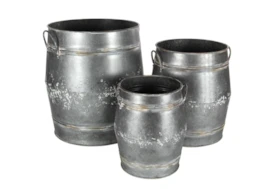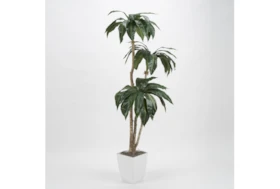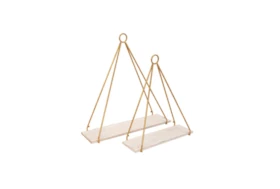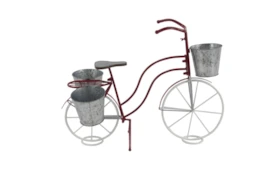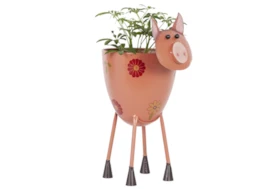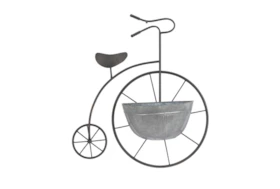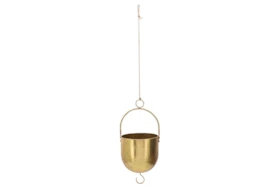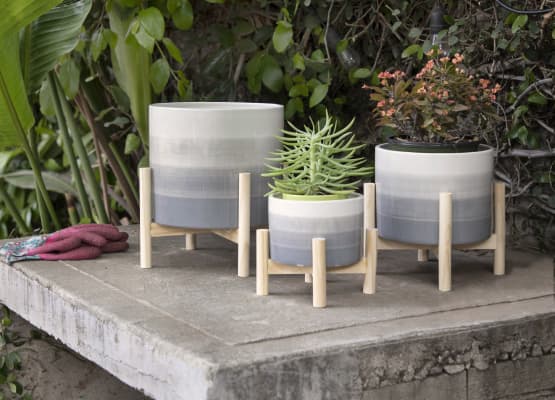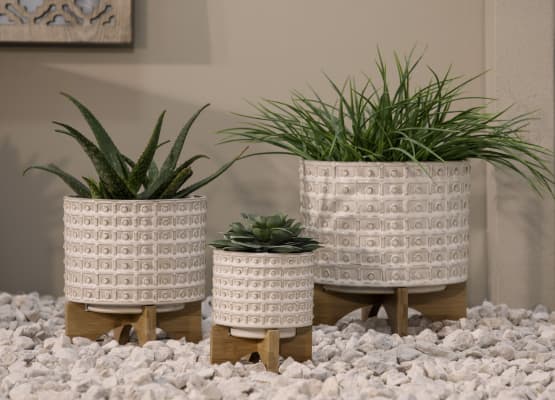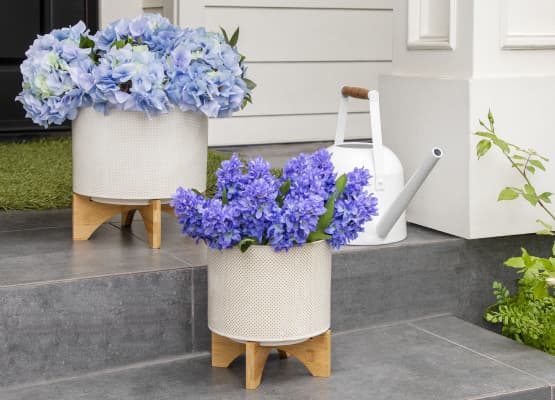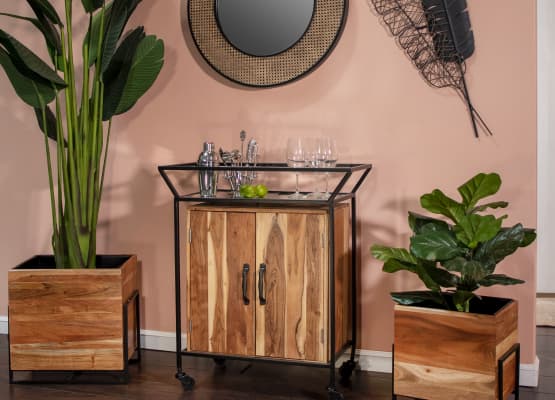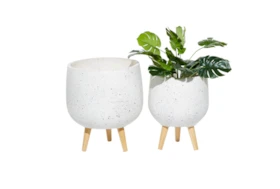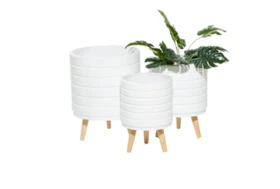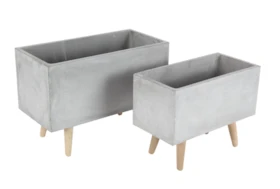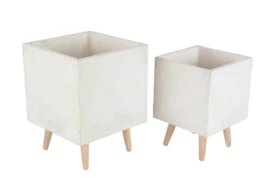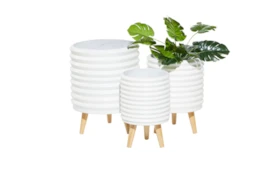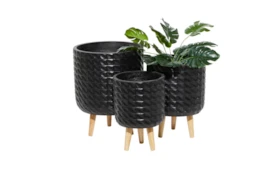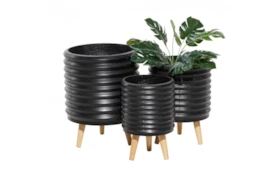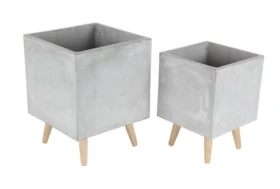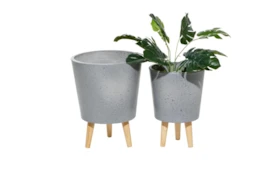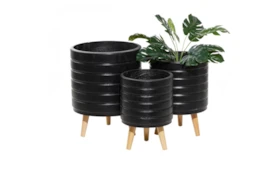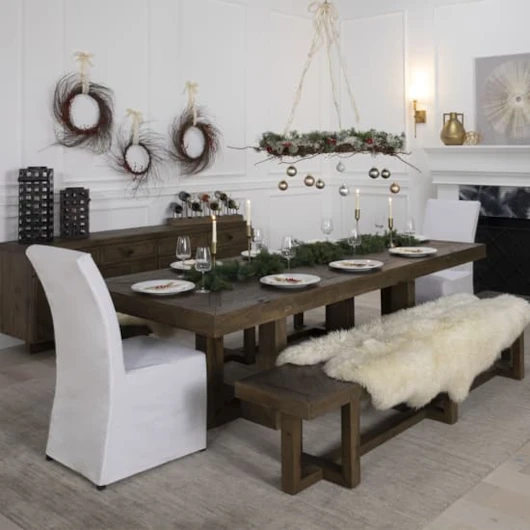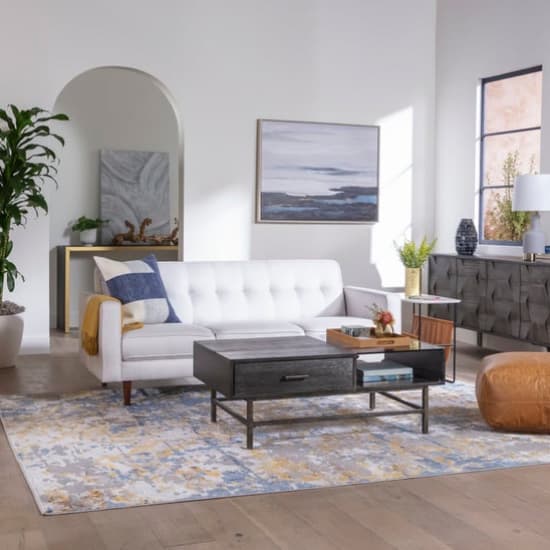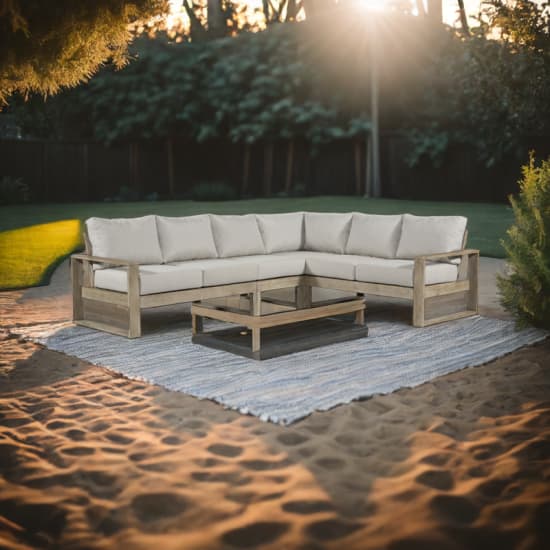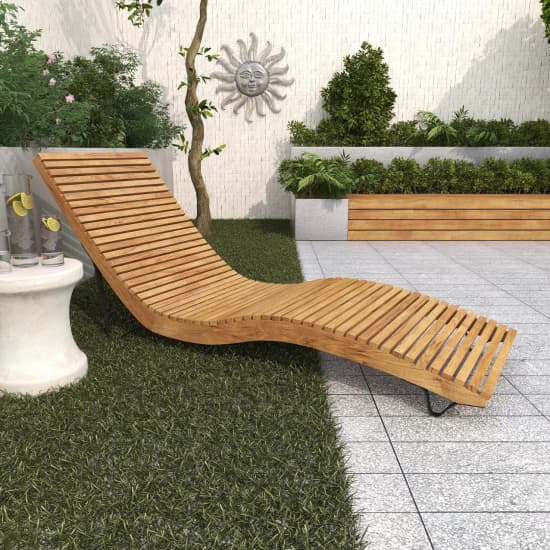How Many Plants Per Container? + Other Gardening Tips
Container gardening is nothing new, but with people more mindful of their impact on the planet, this gardening style has taken off as a true hobby of late. Container gardening utilizes small spaces to grow herbs, vegetables, flowers, or ornamental plants — sometimes year-round. Using containers is also beneficial when you need to keep separate soil and lighting conditions based on the species of foilage you're growing.
From whisky barrels, buckets, and recycled nursery pots to galvanized troughs, container gardening also gives an aesthetically pleasing lift to landscapes and can brighten up interior rooms.
How To Start a Container Garden
Before answering how many plants to put in each container, you must first decide which plants you'll use. Veggies or florals? Herbs or ornamental greenery? Also, will your containers be displayed inside an enclosed porch, on a windowsill, or in outdoor landscapes?
Read the seed packet instructions or the plant insert sticks to understand soil and light needs. If you're planting indoors, ensure that your plants will get enough sunlight. You may need to move containers from room to room at times, or set them outside for a bit, to give them ample sunshine.
Also, consider soil types and mixes. A basic soil mix that will support common plants includes one part garden topsoil, one part sand or perlite, and one part compost or peat moss.
How Many Plants Per Container?
Choose your containers based on the ultimate location of the pots and the plant's needs for space and drainage. To start, you can sow multiple seeds and a few seedlings in small containers, then, as they begin to grow, transplant them into larger pots.
Most people want their containers to appear full and healthy. Doing this without crowding out the roots requires knowing how much space each plant needs and when to transplant foliage into larger containers. Less crowded containers allow for better airflow and decrease disease risk but may take time to appear full and lush.
For ten- to twelve-inch pots, three to four plants is quite enough. If the pots are round, use a triangle-type spacing. If your container is rectangular, leave several inches in between seedlings. Depending on the growth rate and how lush the vegetation will become, a larger twenty-inch pot could handle up to eight plants.
Plant fewer seedlings per pot if you're planting flowers or herbs that spread, like petunias, catnip, or mint varieties. Also, stock up on larger pots to pull from when a container begins to flourish and transplanting is needed.
Protecting Your Container Garden From Animals
From chipmunks to deer, dogs to cats, protecting your container garden from critters is a must. Natural deterrents and chemical-free options are the best for the environment, and you don't have to worry about children and pets coming into contact with harmful substances.
For outside gardens, consider chicken wire enclosures or tightly woven netting. Dangle tin cans or purchase birds of prey or snakes to scatter around. Moving these around may keep birds at bay.
To protect indoor or outdoor container gardens, you can sprinkle nasty-tasting detterents such as cayenne pepper, red pepper flakes, or diluted hot sauce around the vegetation. Some strong essential oils may also help keep animals out of your containers.
Though dogs can be trained to "leave it" over time (along with spraying the outside of containers with vinegar), cats are another issue altogether. Keeping indoor cats' litter boxes clean may help keep felines out of the soil. Cats also dislike citrus and cayenne pepper aromas. For the safety of pets and children, be sure only non-toxic plants are indoors. With time, patience, and practice, you can create a successful, flourishing container garden to enjoy year-round.
— More Great Articles —
Beginner’s Container Gardening Essentials
Read the Latest
Editorial Disclaimer: Articles featuring tips and advice are intended for educational purposes and only as general recommendations. Always practice personal discretion when using and caring for furniture, decor and related items.
